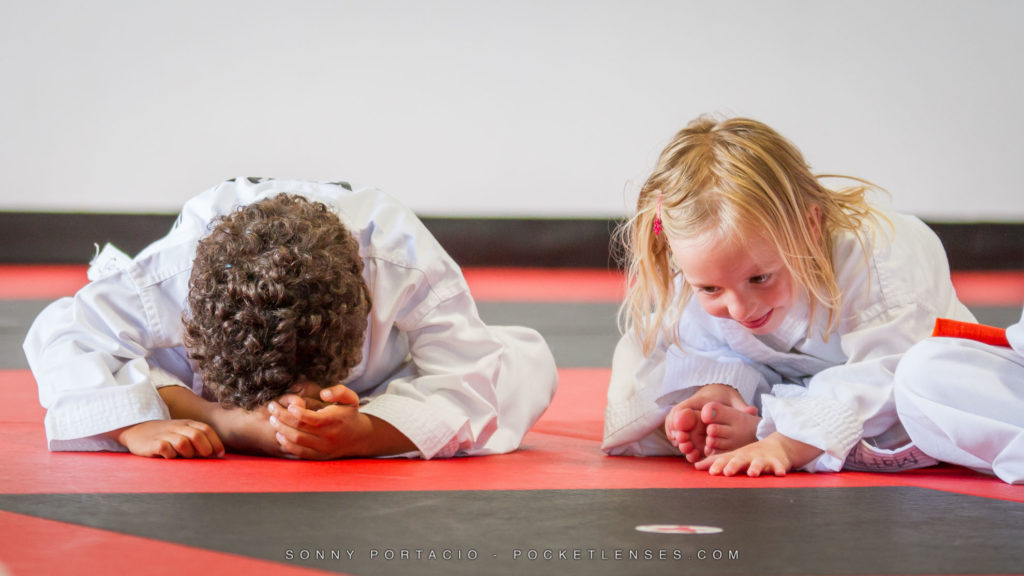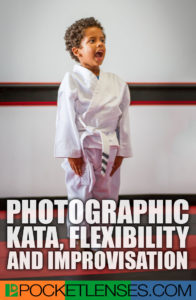Photographic Kata, Flexibility and Improvisation
I remember starting out in photography. I practiced a lot and thought that I knew my gear … until a “photographic opportunity” presented itself to me. Then things could fall apart. I’d panic, get that nervous, cold sweat feeling while I was fumbling around with my equipment. It was bad enough if it happened when I was alone shooting for myself, but even worse if I was in front of a client shooting for them. Ug!
In a way, photography is sort of like martial arts, preparing to defend yourself. Repeating and practicing moves again and again. Or practicing your soccer moves against different opponents. Or maybe it’s practicing your music. Are you really ready? How do you know? How can you tell?

As a musician, the proof came to me by actually performing in front of a live crowd, again and again. Let me tell you, you learn a LOT then. There’s no place to hide and you learn what didn’t go so well so that NEXT time, you’ll be better. I quickly learned that mastering the basics was only the start, and that I needed to be able to improvise when things didn’t go the way that I expected. Rinse and repeat.
With photography it’s the same way.
Someday, maybe soon, you’ll be somewhere (hopefully your camera with you) and you’re going to be presented with a “photographic opportunity”. That opportunity can take SO many forms, a puppy running towards you, a sunset and clouds moving across the sky, an insect on a flower, or maybe a surfer coming in on his last wave. When that opportunity presents itself, let me ask you, do you think you’re gonna be ready? Can you improvise under different conditions?
Alright, another example. Here’s a term I learned from practicing Karate: Kata. Here’s the definition: “an exercise consisting of a sequence of the specific movements of a martial art, used in training and designed to show skill in technique”. If you haven’t seen it, this is where someone goes through the motions of their kata, almost like a rigid dance, and strives to perfect the moves, in a planned and sequential way. It’s a good practice for it’s own sake. You learn how the body moves and what techniques you might use for self defense. The trouble is, in a real fight a kata is not going to help you much. In a real fight, too many things are unpredictable and a set of sequential planned moves may just get you into real trouble. What you need to be able to do is to improvise. Take all that basic background knowledge and training and, here’s the key, adapt and improvise depending on the situation that presents itself.
Athletes like soccer players are the same way. The dedication to repeatedly practicing moves in isolation can be a good and admirable thing, but without the variability and unexpected situations that can present itself in a real game with real opponents, even the most perfected moves can fall short.
Just like martial arts, music and sports, you might have perfected your Photographic Kata, but are you really ready for those “photographic opportunities” when they unexpectedly present themselves to you?
My suggestion and your Next Actionable Steps:
Practice and become familiar with your gear as this is really important; but even more critical is to go look for opportunities that will stretch you photographically. Get out there and shoot and give yourself a variety of situations to practice your craft. Intentionally seek out occasions that will challenge you. You’ll grow. You’ll learn what didn’t go so well, so that the NEXT time, you’ll be better. You’ll be able to adapt and improvise. Rinse and Repeat.



No comments yet.